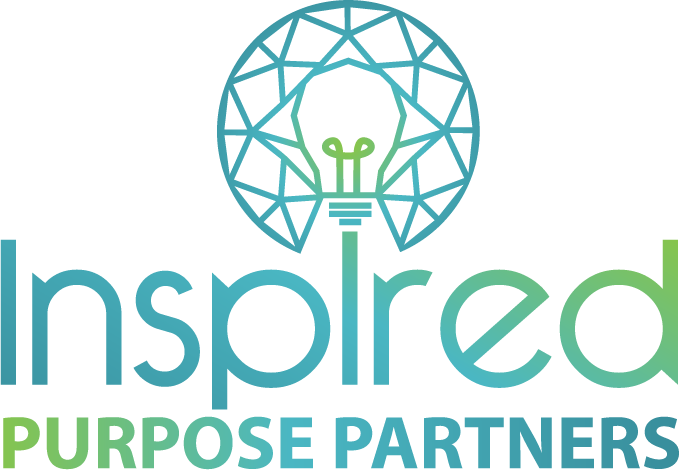It’s Time to Reclaim Your Mental Space

“If you get tired, learn to rest, not to quit.” – Banksy
In an age where work can easily seep into every aspect of our lives, prioritizing intentional breaks, setting clear boundaries, and designing distraction-free workspaces are more critical than ever. The mental clutter from constant task-switching and digital notifications can severely impact our ability to think creatively and solve complex problems. Research suggests that our brains require regular rest intervals to perform at their best – it's not just about the hours we work but how we manage our hours.
Mental clutter, created by constant notifications and the perpetual urge to multitask, can leave us with "attention residue" – a phenomenon where part of our focus remains stuck on a previous task, reducing our cognitive capacity for the present. This type of overload hinders our creativity and critical thinking, making it essential to protect our mental space.
A recent study found that frequent breaks help maintain higher productivity throughout the day compared to working in extended, unbroken sessions. This insight emphasizes the importance of setting aside time for "deep work" when we focus solely on a particular task and complementing this focus with strategic, intentional pauses that help recharge mental energy. Here are a few tips to reclaim your mental space:
Take Intentional Breaks for Cognitive Rejuvenation
Taking deliberate breaks isn’t a waste of time; it’s a productivity booster. The Pomodoro Technique, which involves working for 25-minute intervals followed by short 5-minute breaks, is a popular method for balancing productivity and rest. Research shows that stepping away from work improves creativity and problem-solving. Even a short walk or a few minutes away from screens can help reduce mental fatigue, ultimately enhancing focus and efficiency. Bill Gates famously takes regular "Think Weeks," where he isolates himself to reflect and brainstorm – an extreme but effective example of the power of intentional breaks.
Set Boundaries for Better Focus and Well-being
In a digital-first world, setting boundaries has never been more essential. Establishing clear start and stop times for work can prevent burnout and help maintain a healthier work-life balance. According to Gallup, employees who regularly take breaks and maintain clear boundaries are 13% more likely to be satisfied with their well-being than those who work continuously without a pause. One example of this practice is implementing a "digital sunset" – setting a time each evening when devices are turned off, giving yourself a mental buffer before bed. Jack Dorsey, the co-founder of Twitter, uses daily themes to organize his focus, ensuring he doesn’t over-extend himself and remains productive while keeping boundaries intact.
Design Your Workspace for Deep Focus
Your physical environment plays a significant role in your ability to concentrate. A cluttered desk often mirrors a cluttered mind, so investing time in decluttering and organizing your workspace can have profound effects. Consider the principles of environmental psychology – natural light, plants, and minimal visual distractions can make your workspace conducive to focus. Open floor plans may feel collaborative, but studies have shown that private, quiet zones are often essential for the deep, focused work that many tasks demand. Productivity tools like noise-canceling headphones or "Focus@Will," which provides productivity-enhancing music, can create an environment optimized for deep work.
The Value of Strategic Disconnection
Taking time to disconnect mentally and physically helps us reconnect with what truly matters and fosters creative insights that don’t come during “busy mode.” Consider companies like Microsoft, which implemented a four-day workweek in Japan and found that productivity increased by nearly 40%. The shift in culture toward valuing rest and focus over constant hustle produced extraordinary results, showing that intentional disconnection can help teams thrive.
To perform at our best, we must move from a hustle mindset, which often glorifies busyness, to a flow mindset that values depth and intentionality. Carving out time to pause and create an environment that minimizes distractions isn’t just a productivity hack; it’s a sustainable approach to well-being. The best way to achieve remarkable outcomes isn’t always to do more but to do less - better.
So, ask yourself: “Am I creating an environment where my brain has the space to think deeply and my heart has the time to feel rested?” By designing workspaces with intention, setting firm boundaries, and valuing rest, you give yourself permission to truly thrive. Remember, peak performance isn’t about going full speed indefinitely; it’s about moving forward with clarity, focus, and resilience.


0 comments
Leave a comment
Please log in or register to post a comment